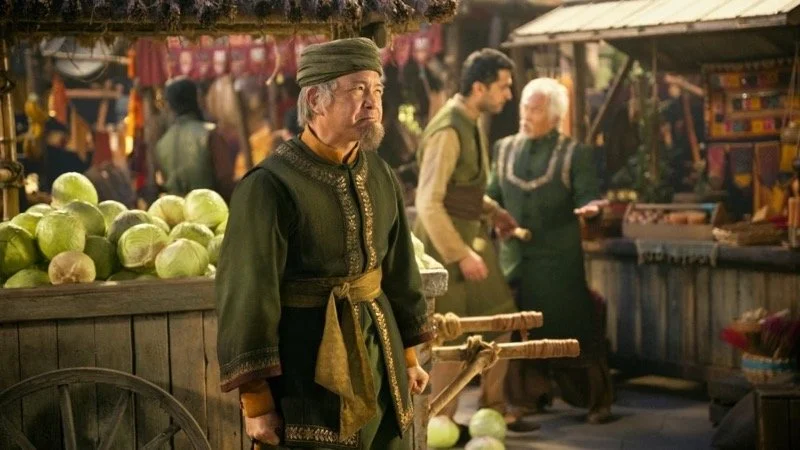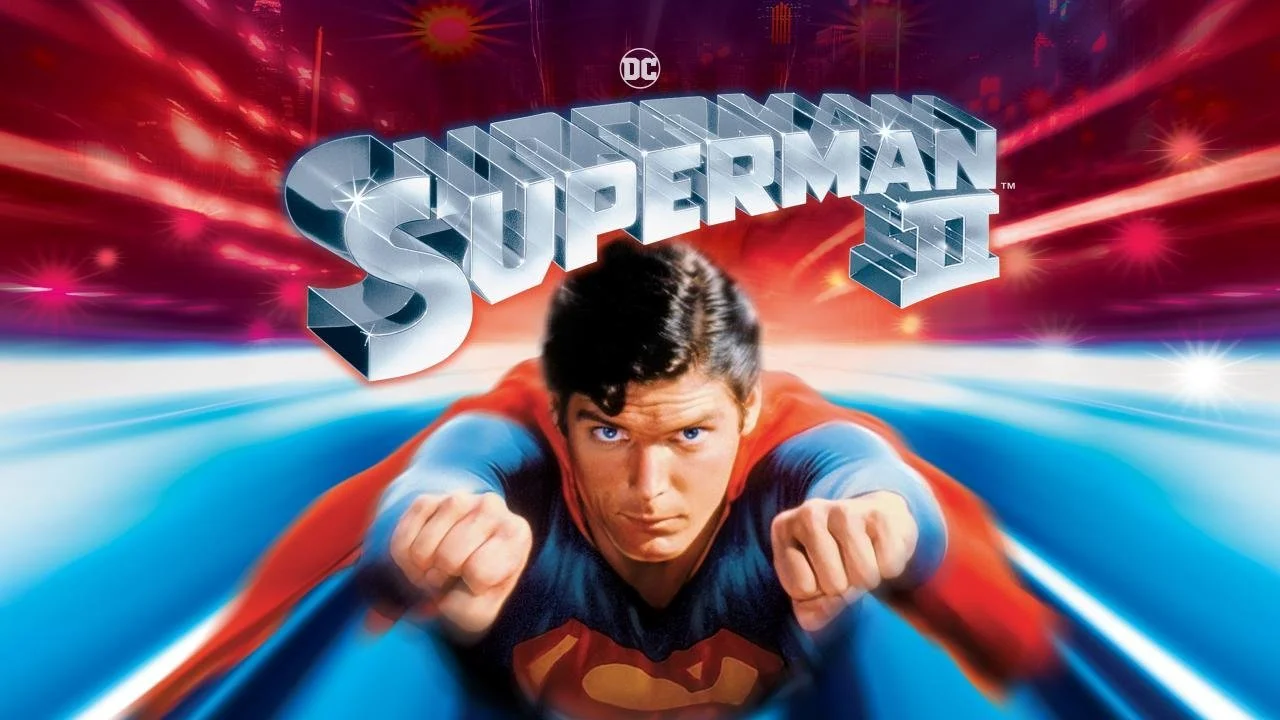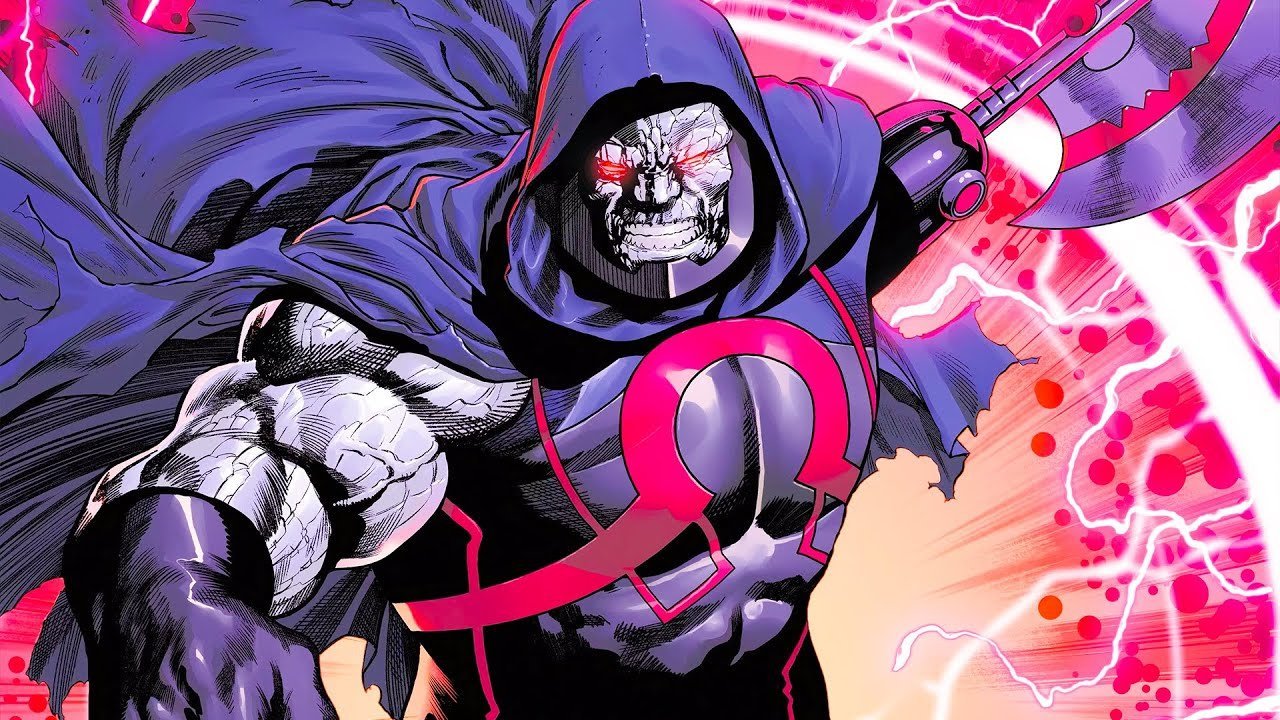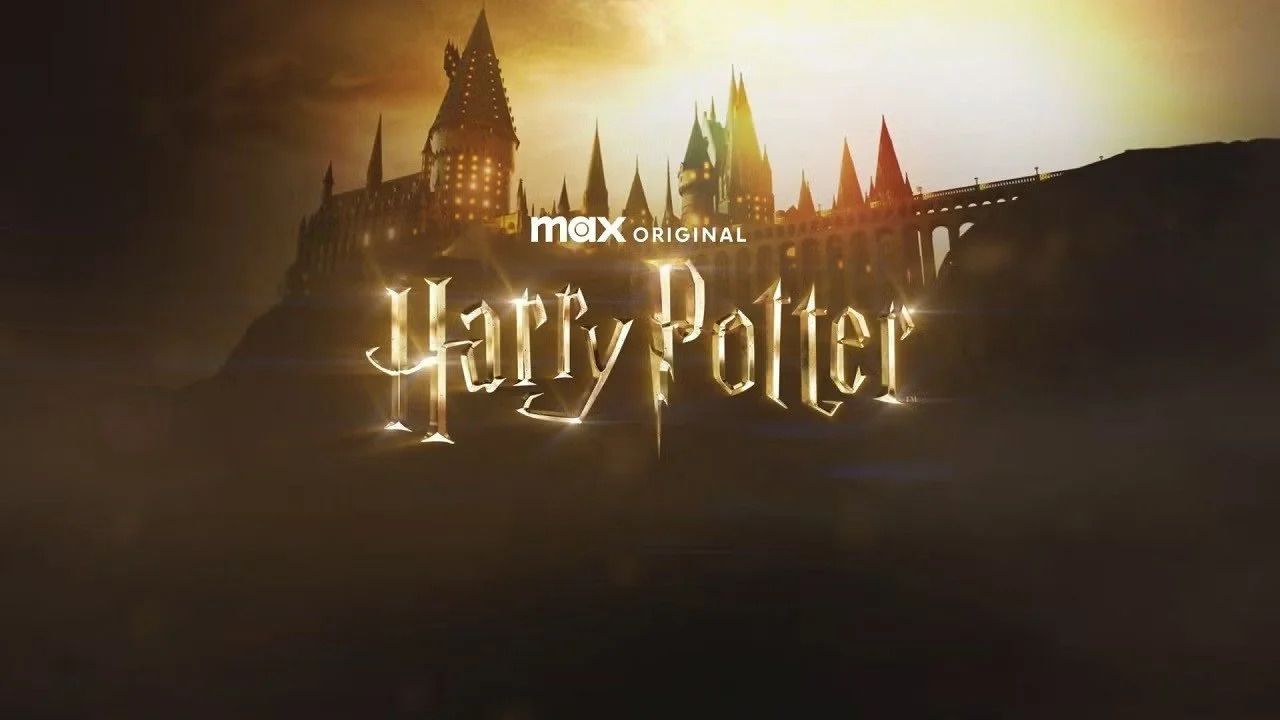'Avatar: The Last Airbender' Season 1 Episode 3 Review
Image Source: Superhero Hype
In my last review, I discussed how the showrunners of Avatar: The Last Airbender, due to restrictions, have bridged and combined some plot events, and they work for the most part. Episode three fits that same evaluation. Several storylines blend within this episode and it works, but it slightly suffers from something that all adaptations of the original show do: pacing.
Aang and his friends continue their journey to the Northern Water Tribe, spurred on by a warning Avatar Kyoshi gave Aang in the spirit world. At the end of the last episode, we’re introduced to Fire Lord Ozai, and at the beginning of this episode, he thwarts an assassination attempt on his life, with the help of his doting daughter, Azula. We also meet the Mechanist and his son, instead of meeting them at the Northern Air Temple, they live in the Earth Kingdom city of Omashu, working for the king. Omashu isn’t the same city Aang visited as a kid, the effect of the war cooling the hearts of the king and his soldiers to outsiders (Remember, Gran Gran’s lamentation about no one visiting other nations any longer). This forces Aang, Katara, and Sokka to disguise themselves to get into the city, where they meet Jet. Not everything is as it seems, however.
RELATED:
Princess Azula has entered the building
Image Source: IMDb
A lot is going on in this episode, and it’s woven together really well. Bringing the Mechanist and his son early into the season, with the same story arc he had at the Northern Air Temple in the original, actually works here. Especially because they intertwined it with Jet’s plot of the Freedom Fighters. Why? Ultimately it’s to convey that the effects of the war on people are not so cut and dry, and when faced with such situations, people will do things that tend to blur the means of right and wrong. It pushes Aang to confront the reality of his absence over the last century. It is another highlight of the main departure in tone from the original show.
That departure sometimes works and sometimes doesn’t. It works within stories and settings, as well as characters that aren’t Aang. Jet, The Mechanist, and the Freedom Fighters have all experienced loss at the hands of the Fire Nation, and most of the actors behind these characters do a fantastic job of conveying the emotional and psychological impact of that. Some of the dialog is a little stunted and comes across a little forced, mostly from the younger cast like Aang and the Mechanist’s son Teo. It’s hard to determine if that’s because of their lack of experience acting, or if the character’s naiveté shining through?
The rest of the cast delivered solid performances, and the introduction of Azula was great. Her cold stare followed by a small little smirk when her father roasts the assassins alive, and her scene with her friends Mai and Tylee (like Azula and Ozai, introduced a season early, but it works) about knowing what pieces to play in the game against her brother fits right into Azula’s mold. It sets up her correspondence with Commander Zhao to one-up her brother well.
Image Source: Mashable
I’m still impressed with the effort and attention paid to detail. Omashu looks impressive on the whole. Some shots clearly look like green screen backgrounds, like Katara and Sokka’s race to stop the bomb using the city’s delivery system, and it clashes with the visuals of the rest of the episode. I did like the subtle changes to it in terms of spacing and city planning. Aang’s fight with Zuko is fun, and exciting, and perfectly captures the style of airbenders and Aang’s personality. And let’s not forget the best part of the episode: the easter egg of the Cabbage Merchant, played by the same voice actor for the cartoon.
I think the series is going well so far. Some things suffer from pacing and some writing choices, but on the whole, it’s telling a good story about the source material, one that makes sense.
Rating 8/10
READ NEXT:
Source(s): Netflix















